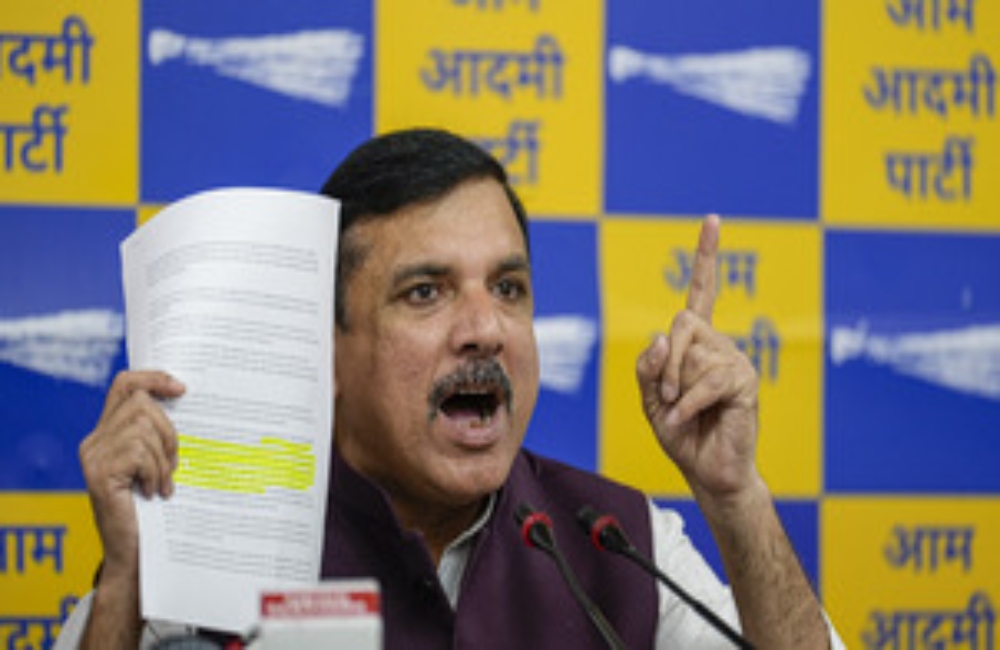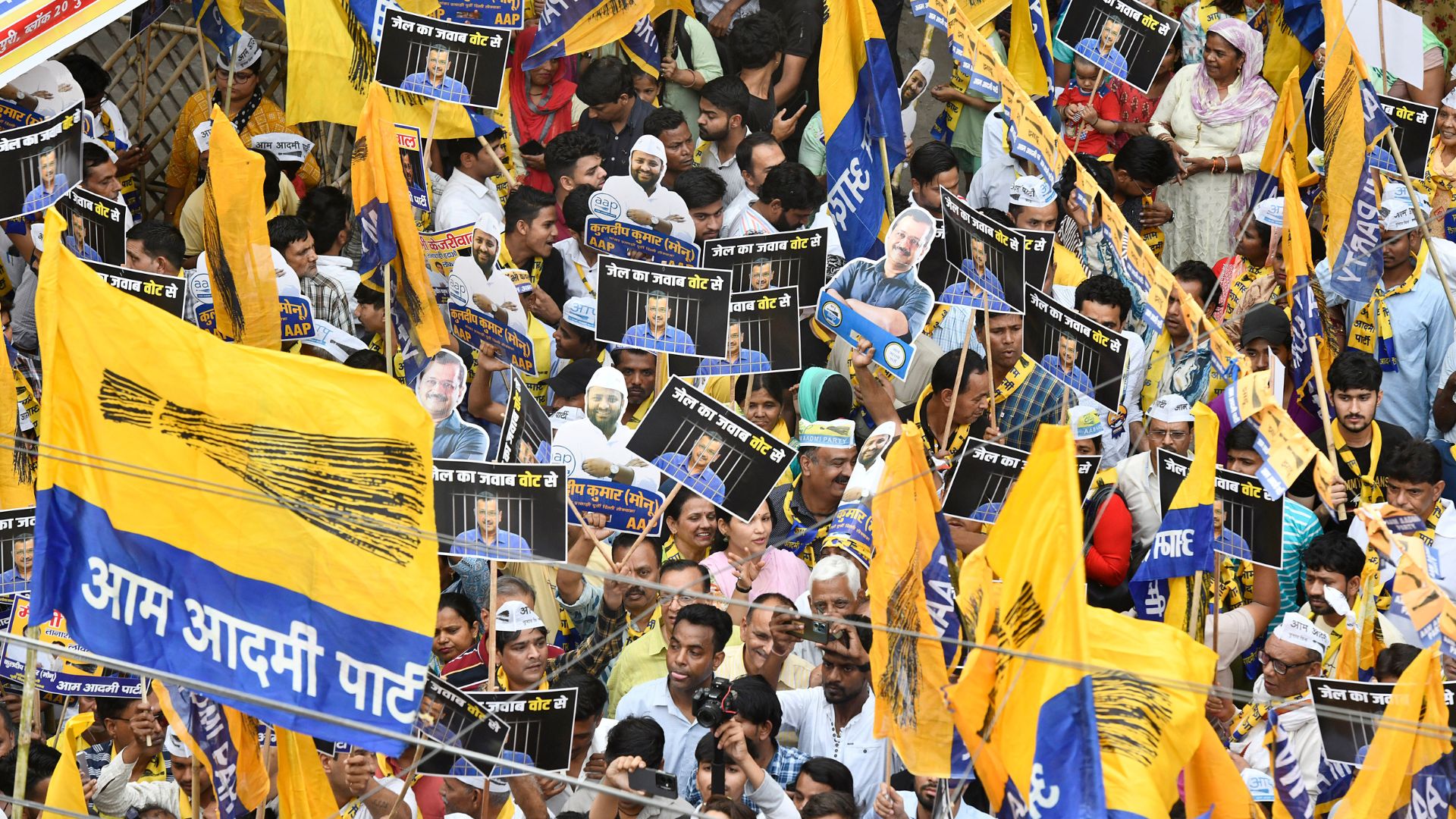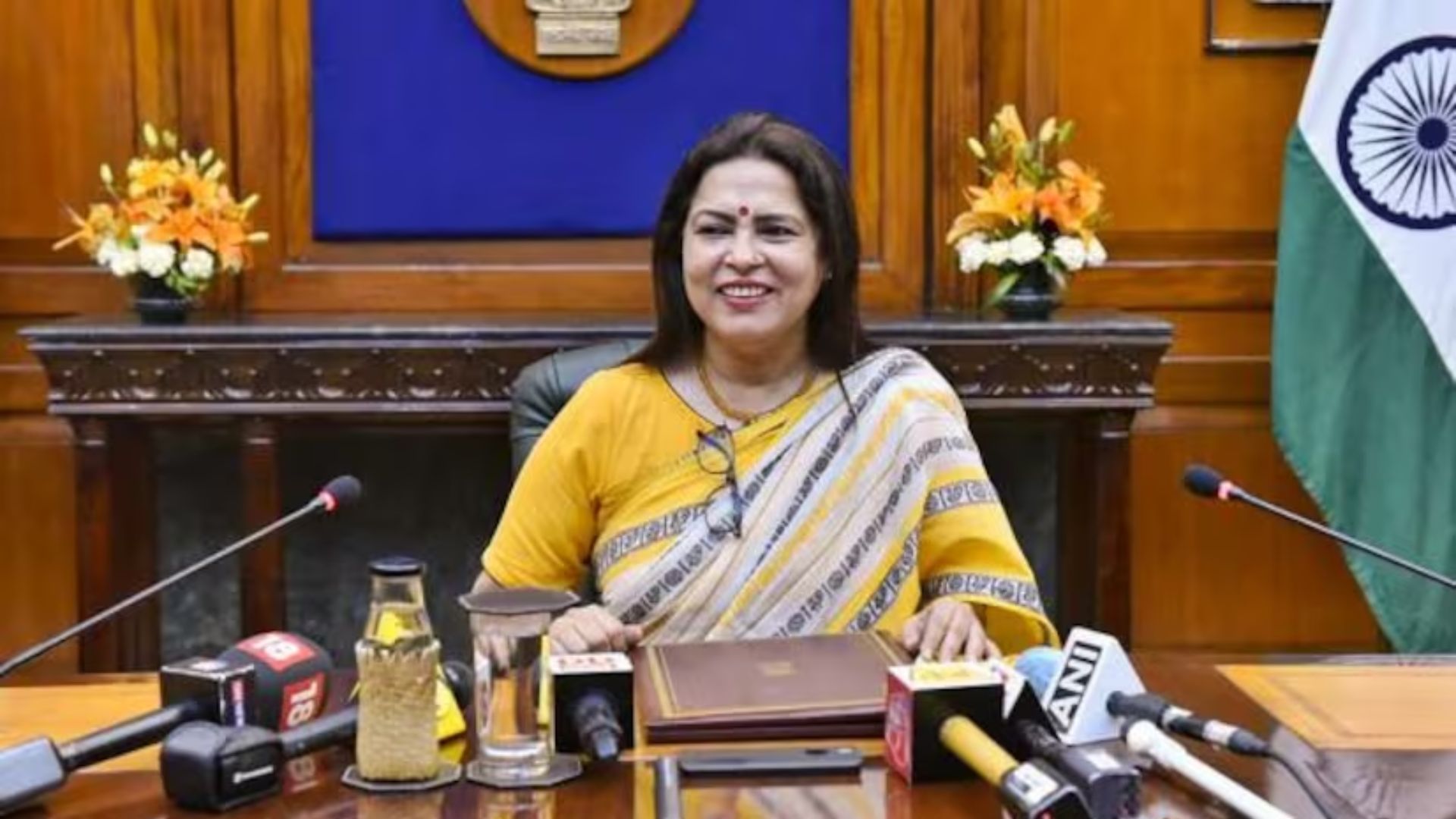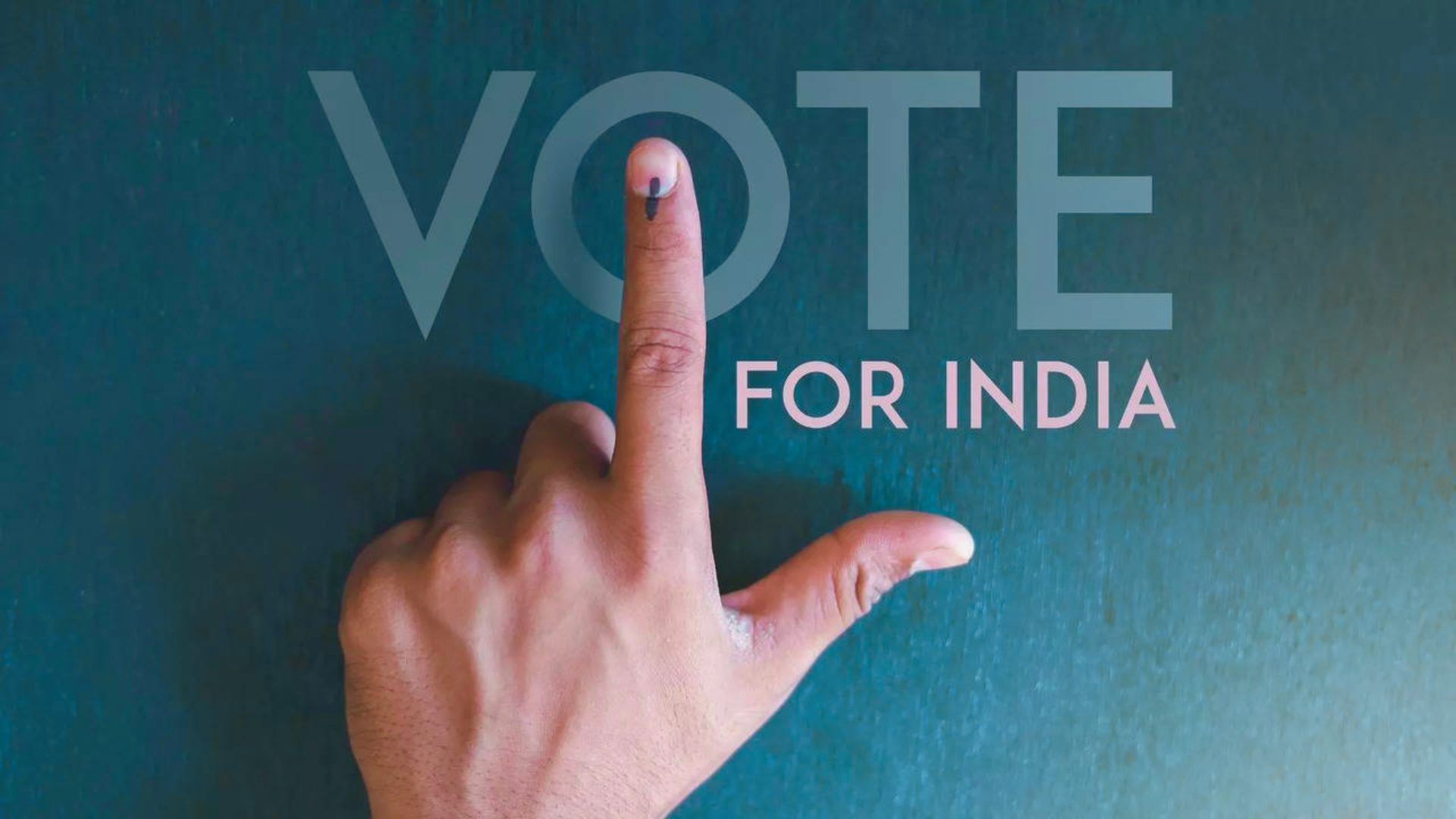


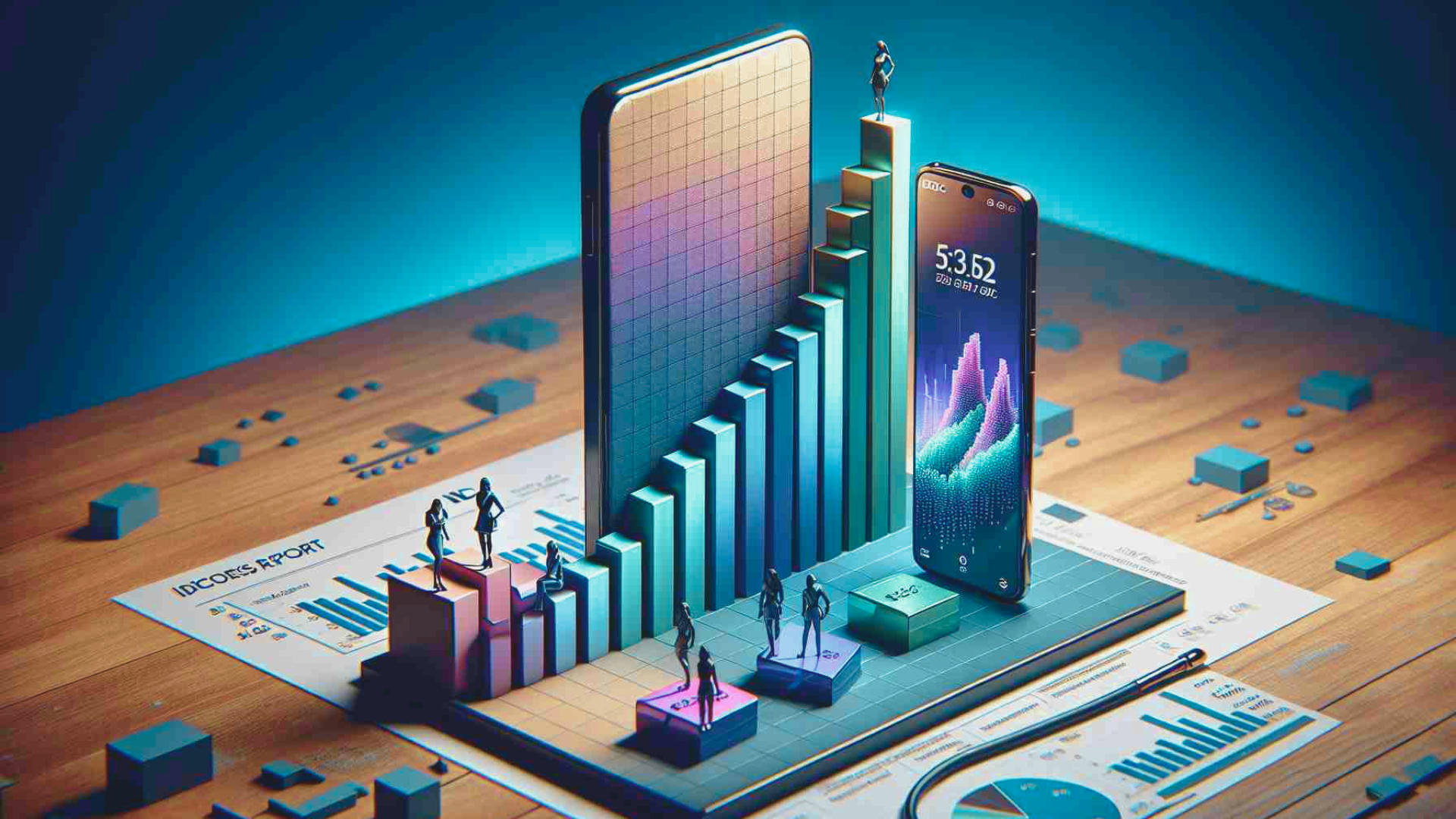
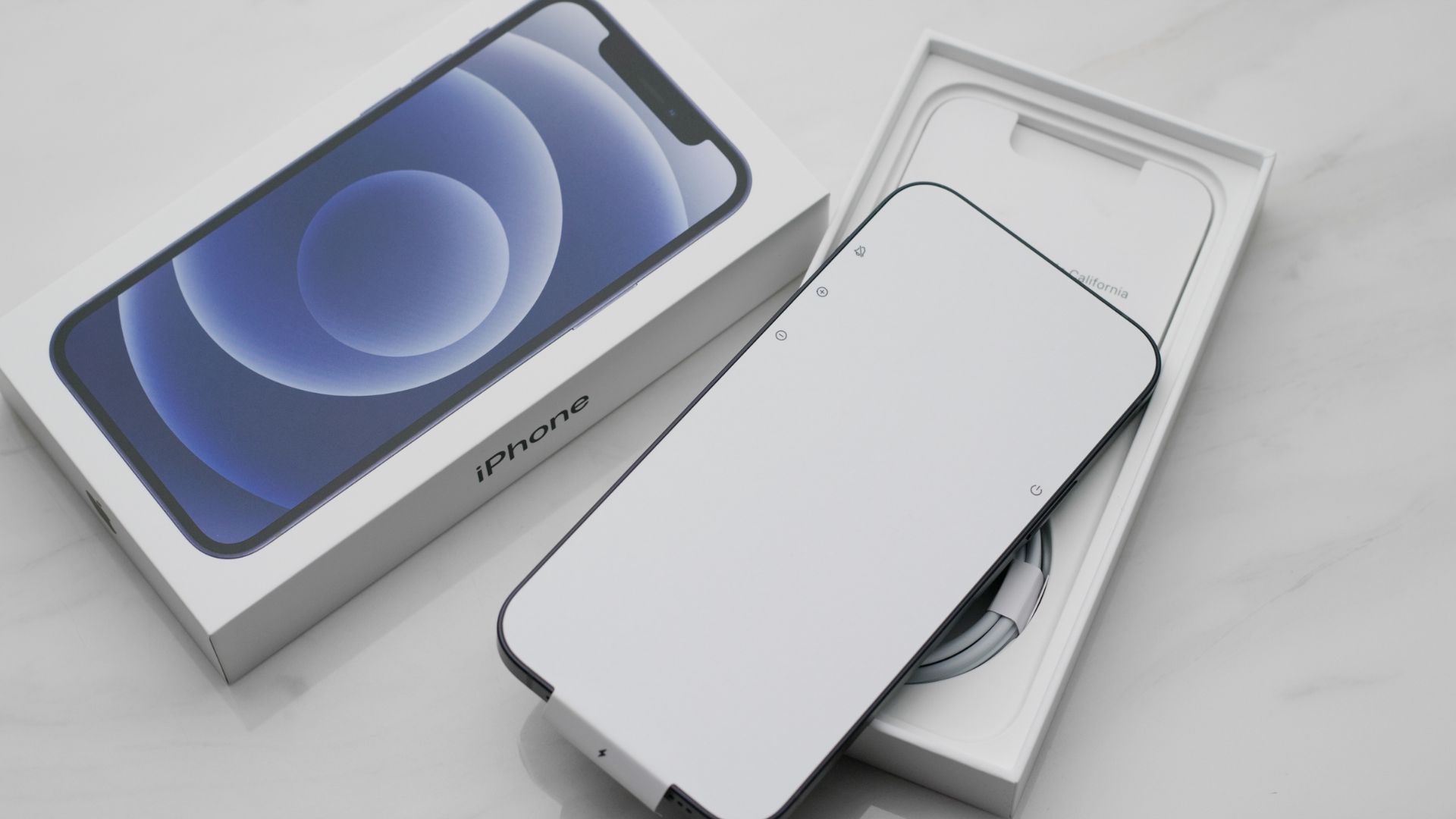
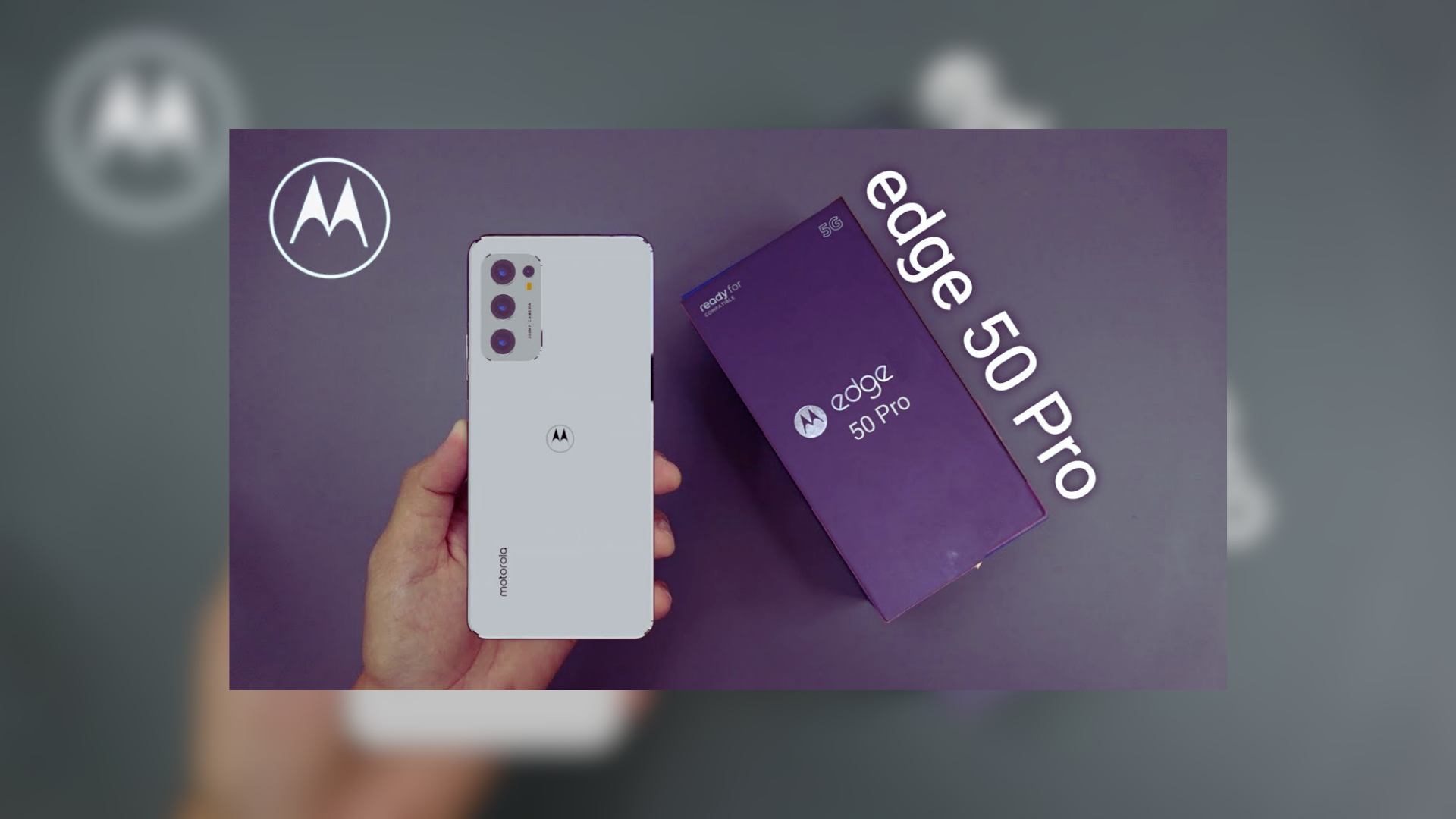

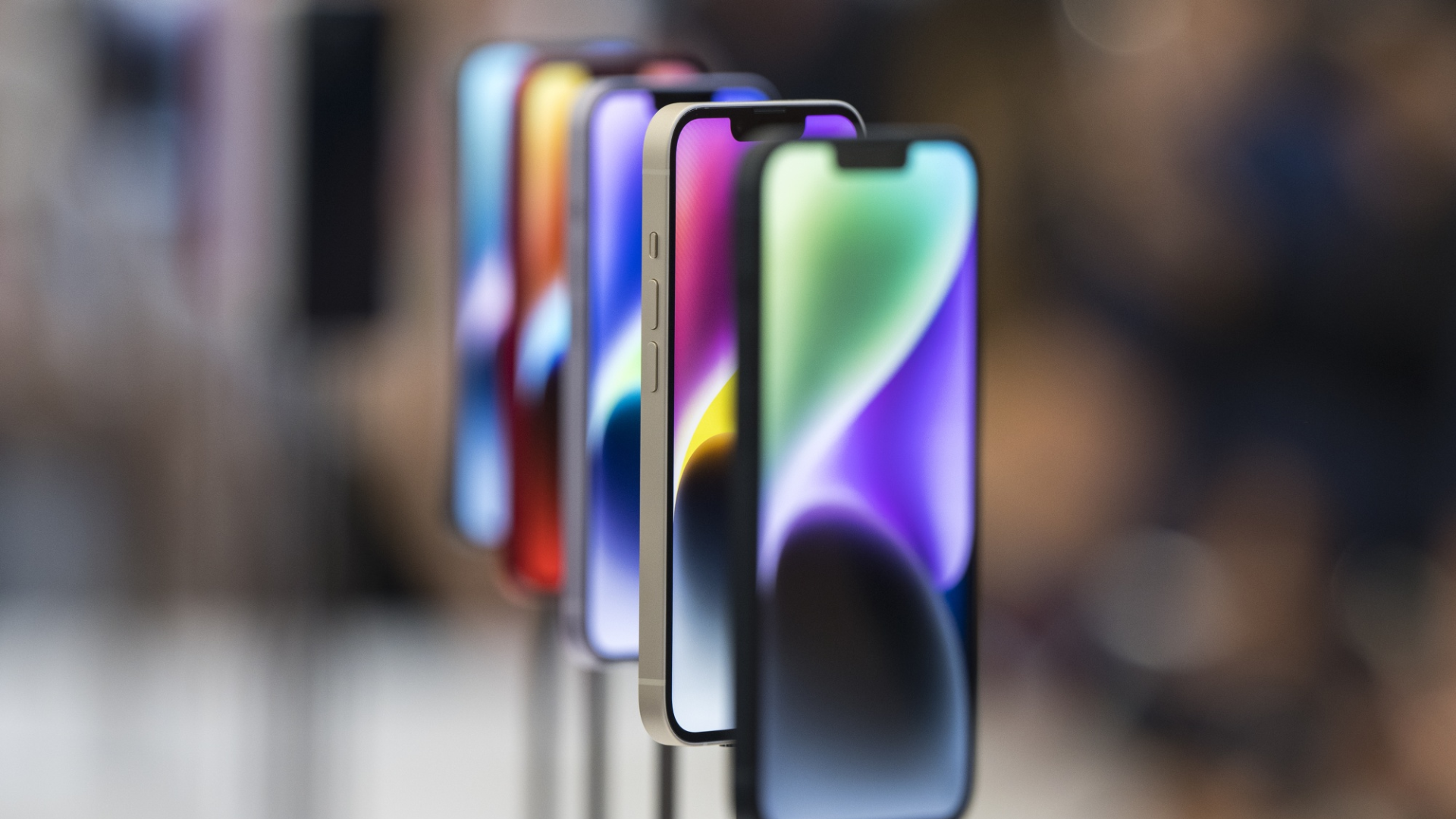


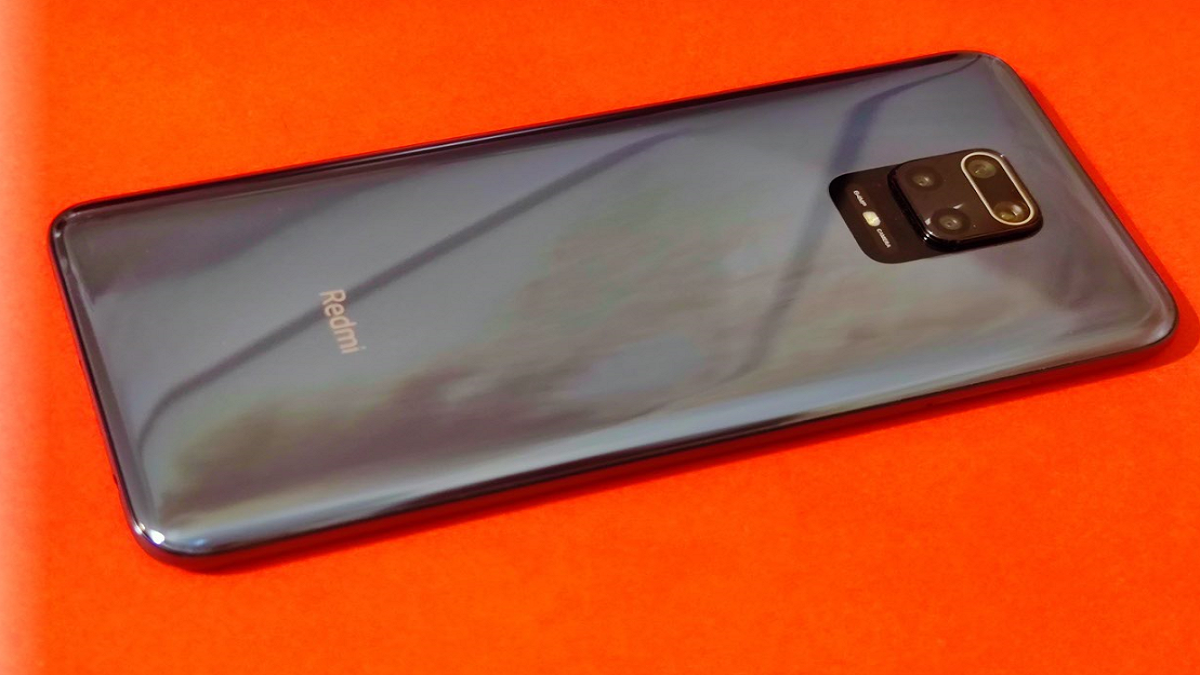
When Apple launched the 5.8-inch iPhone 11 Pro, its 6.5-inch counterpart was named the iPhone 11 Pro Max. It was clear — the Max nomenclature was there for the max sized screen. But Xiaomi doesn’t roll like that. Its new Redmi Note 9 Pro Max which just went on sale in India after the relaxation of sales for smartphones is probably going to be one of its most popular phones of the year. However, externally, it is identical to the Redmi Note 9 Pro which launched in March weeks before India’s massive lockdown to combat the coronavirus pandemic. Yes, the “Pro” model looks, smells and pretty much performs the same as this new “Pro Max”. The only difference between the two is with regards to the main camera and the fast charger that comes in the package — but that’s a big deal. The charger is nice to have which helps charge its massive 5,020mAh battery in 2 hours, but what’s going to attract this phone is shutterbugs.
There is a 64-megapixel Sony IMX 686 sensor is the reason for the phone’s existence. To the trained eye, it is going to be a huge deal as that’s what makes this phone special; the affordable camera champion — the phone that most people can go towards wanting for iPhone like camera chops but without breaking the bank in the middle of a pandemic.
Also Read: The OnePlus 8 will probably be the Android smartphone of the year, but should people care?
Before talking about the camera, I’d like to briefly talk about the core features of this phone that are identical to the Redmi Note 9 Pro which is the best affordable smartphone according to me. That’s a great baseline to start off on.
Design-wise, this is an elegant looking phone which has straight lines on the sides, a mild curvature on the back encased in a robust exoskeleton which is made out of metal and glass exuding a premium outline that one expects from an iPhone. It even provides you with P2i certification which makes this phone splash-proof. Though all of this comes with a small compromise. It is a huge phone with a 6.67-inch screen weighing in at 208 grams and 8.9mm which makes this heftier than even there flagship Mi 10. So yes, no chances of one-handed usage, it can also get a little unwieldy to use because of the straight lines on the sides.
The performance of this phone is also solid. It is powered by the Qualcomm Snapdragon 720G coupled with 6GB RAM on the Max. It is fast for all the basic stuff and even robust for gaming and heavy-duty multitasking. For PUBG addicts, this is actually a very good buy. It delivers great graphics touching upon levels that one will associate with even the top of the line phones, but this provides better-sustained performance with frame rate drops being very rare. While doing so, it is a roadrunner for gaming. You can game and game for hours and you’ll still have more than 50% battery life left on this phone.
The display is also quite decent. Yes, it has the “bindi” notch in the middle and the overall 6.67-inch screen is pretty nice for watching YouTube videos or Netflix at a great length. It has up to 450 nits of brightness and it will get the job done for anything you’d want. The biggest thing in its favour is that it is colour accurate while it can also be said that it doesn’t have the deepest blacks and nor does it have a high refresh rate.
And all of this also works well because your interactions with the phone are now elevated with a powerful Z-axis haptic motor which makes typing a delight. This phone doesn’t feel mushy — be it the way it looks with its glossy finish or the way you interact with it.

The star of the show is that 64-megapixel Sony IMX 686 sensor, coupled with a 8-megapixel ultra-wide-angle camera, 5-megapixel macro camera and a 2-megapixel depth sensor. On the Redmi Note 9 Pro, the camera system was more or less than the same, but the primary camera was a 48-megapixel Samsung sensor. This is a huge upgrade. This is also the same camera module in the Poco X2. Now, this is a very very good primary camera. Across the board, the camera performance is basically amongst the best you can get on a smartphone for less than Rs 20,000 alongside the Poco X2. Of course, this phone is a couple of 1000 bucks cheaper which can matter for many.
The biggest improvement on the Redmi Note 9 Pro Max comes in terms of low-light photography which shouldn’t be surprising. Even when the night mode isn’t engaged, it is able to take sharp, detailed photos that are also adequately lit. It is a pretty impressive feat for a phone that costs so less. This also translates to video as this phone is able to take surprisingly stable video at even 4K 30 frames per second. However, it is best used at 1080p at 60 frames per second. I’ve used it so much that I’ve also used the phone to shoot videos for many reviews on my personal YouTube channel and the results have been surprisingly good. For any kind of professional use, you’d want to plug in a microphone which you can on this phone as it has a 3.5mm jack — I can’t do this on expensive phones they don’t have the jack.
Xiaomi has also revamped the interface adding support for wide-colour, a vlog mode for Instagram stories and also a new pro mode which allows the trained user to eke out even more performance out of this versatile camera system. The phone also excels at portrait mode photos with good edge detection and a pretty realistic bokeh while also having a superb macro camera which is fun to use.
Anyone who uses Instagram a lot or generally likes photography will enjoy using this phone a lot. Xiaomi also makes things simpler but adding a powerful suite of editing features in MiUI which will allow many to transform their shots.
Xiaomi’s interface has been the darling of the Indian consumer. It remains highly popular and is highly customisable, user friendly and for the part efficient. But it isn’t as responsive as some of its rivals. I can give an example — on the Twitter app, the scrolling feels jerky at times which is strange as it feels smoother on phones running lesser RAM and processing hardware.
Then there is the situation around the advertisements. Xiaomi’s interface has become a cesspool for strange and questionable ads coupled with tons of preloaded bloatware. Some of these apps you can remove, but some things you can’t get rid of — like GetApps store which keeps sending ads masquerading as notifications. Even Xiaomi’s browser does that.
The browser is a kerfuffle of a different kind. A Forbes report found that it was harvesting user data even in the incognito mode which triggered a denial and then some changes from Xiaomi. It is not clear what’s going on but I’d suggest prevention is better than the cure — use a browser like Brave or Vivaldi, if not that, Chrome also comes preloaded on the phone.
Regardless of these issues, MiUI remains one of the best Android UI paradigms. It has custom management which helps with overall performance and particularly battery life.
It’s very good. Like I mentioned earlier, it is a gaming beast because its 5,020mAh battery refuses to die especially when coupled with the aggressive battery management baked into MiUI 11. This phone gives true 2-day battery life which is the main USP of the Redmi Note line. It makes this a great backup phone or a work phone or even a main phone considering it looks good, it has great cameras and performance.
On the Pro Max, you even get killer charging speeds. You get a 33-watt fast charger in the box which can charge this phone within 2 hours. This was always the issue with the Redmi Note because it would have this huge battery that would take a very long time to get juiced up. That’s no more an issue — that’s another USP for the Max over the Pro.
Outside of the Huawei P30 Pro and the Asus ROG Phone 2, this phone has the best battery life of any modern Android phone I’ve tested.
So is it worth it?
It may not seem like a huge upgrade over the Pro model, but it also costs just a tiny amount more. The camera performance, especially in the hands of a pro, can be dramatically different. It is just a very well rounded phone and easily a beast of a camera phone considering the price it starts at. The only issue is the situation with the ads which I feel most people can turn off and get around by using anything but Xiaomi’s own browser. It will be the phone for most, but maybe not privacy fiends



